My paternal grandmother was an incredible cook. Towards the end of her life, in an Adelaide nursing home, she liked to chat to the Indonesian carers on her ward, about where they were from and the food they liked. Her origins were European but she had travelled extensively in Southeast Asia and her recipes often had a ‘twist’. She used a lot of spices, and I particularly remember learning from her to add nutmeg to béchamel sauce.
How nutmeg became an important flavour in kitchens all over the world is linked to the story of how Myristica fragrans (Myristicaceae) put a tiny volcanic archipelago on the map of the world as ‘The Spice Islands’. While we think of nations as twentieth century human inventions, plants also designed what is now Indonesia, through the labour practices they generate, their circulation and the cultural heritage they produced.
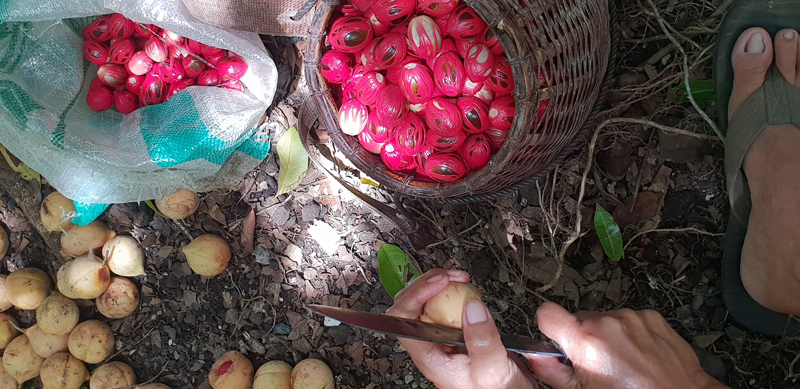
Nutmeg is actually the inside of the nut. The fruit on the outside is used in cooking, and the bright pink ‘aril’ is mace.
Nutmeg is native to Banda, which is made up of 11 small islands in the middle of the Banda Sea. Banda is now part of the province of Maluku, in Eastern Indonesia. Nutmeg was first brought to Europe in the Middle Ages by Arab traders, who sold it to the Venetians but never gave away the secret location of its source. Banda was then discovered and pillaged by the Portuguese in 1512. It wasn’t until 1621 that the Dutch East India Company (VOC) waged a bloody battle with the Bandanese in order to secure a trading monopoly.
This is a battle that has not been forgotten in Banda. There are currently community discussions underway to plan the memorial event in 2021, 400 years since the genocide.
As nutmeg circulated in the world, it began to be grown in other places besides Banda. The Dutch East Indies Company (VOC) controlled the market through ports. They fought the English, even trading the island of Run with Manhattan, as the story goes. But plants are hard to control, especially when growing them ‘out of bounds’ and circulating knowledge about them them is a form of resistance for oppressed people.
Determined to maximise the export of nutmeg, the Dutch brought plantation workers to Banda from all over Indonesia, particularly Madura and Java usually on one way trips. As outlined by Rame in the novel Mirah dari Banda, these labour practices not only shaped individual lives, broke up families, and severed cultural connections, they also generated particular relationships between plants and people. By the time slaves and labourers became the citizens of a new independent Indonesia in 1945, they had made connections to their new homes through plants and ecosystems. Their work with plants meant they knew the soil, weather patterns and reproductive cycles of the valuable trees they tended on Banda. After independence, it is Mirah, a Javanese plantation worker and Nyai (concubine and maid) who is employed to consult about growing nutmeg. It is she who knows how to plant tall kanari (wild almont) trees to shade and protect the nutmeg.
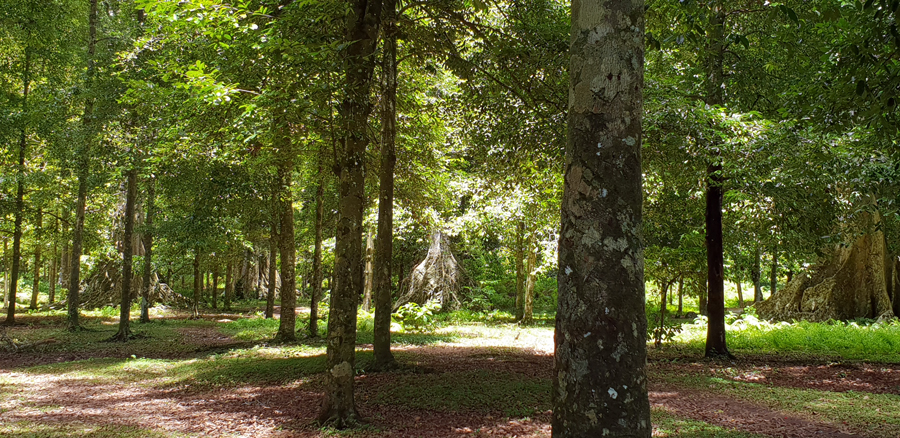
Kenari trees, protecting nutmeg, are also harvested for their milky nuts.
Nutmeg is everywhere in Banda, in jam, cakes, syrups, and curries. My hungry son was served the ubiquitous Indonesian processed snack IndoMie on Banda Besar, augmented by grated nutmeg. And representations of the beautiful seed of the nutmeg are also found all over Banda and Ambon, carved into wood, etched into sidewalks and painted on walls, as in the images above. It is grown elsewhere now, and is not the valuable commodity it once was. But this plant undeniably continues to generate place and to connect people to their geography, their history, and their possible futures.
Rambe, H., 1986. Mirah dari Banda. Yayasan Pustaka Obor Indonesia.
Hanna, W.A., 1978. Indonesian Banda: Colonialism and its aftermath in the Nutmeg Islands. Institute for the study of human issues.
Winn, P., 2010. Slavery and cultural creativity in the Banda Islands. Journal of Southeast Asian Studies, 41(3), pp.365-389.

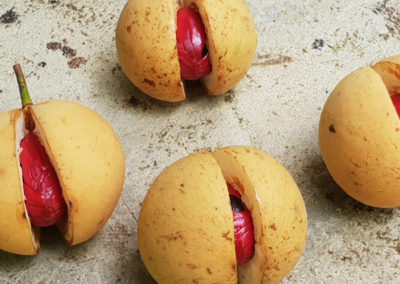
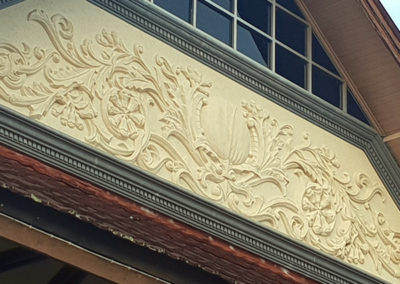
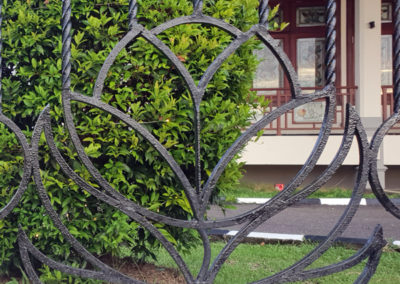
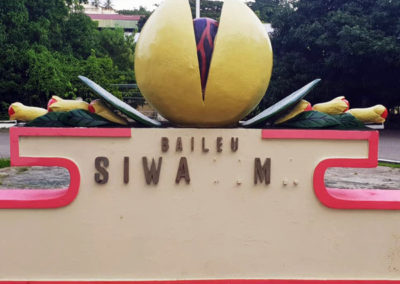
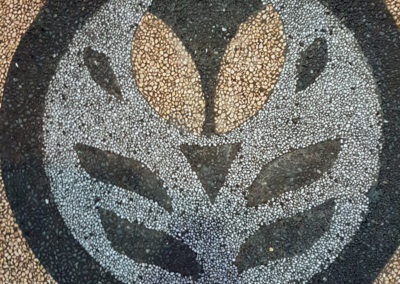
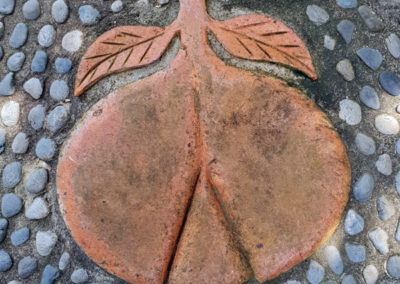
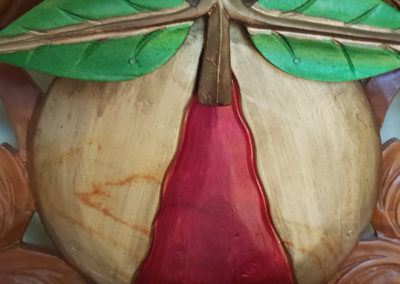
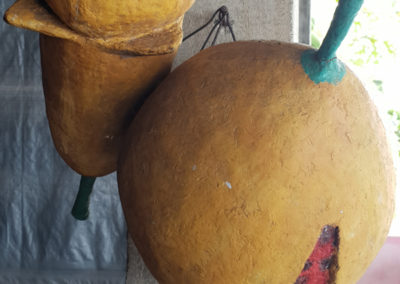
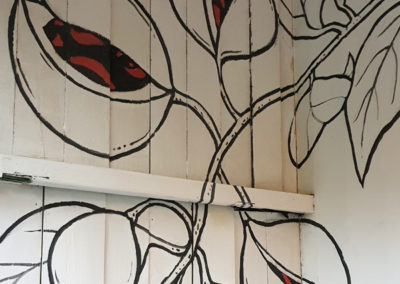
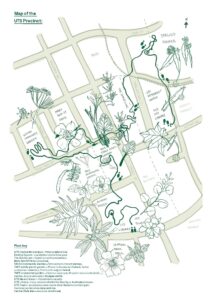
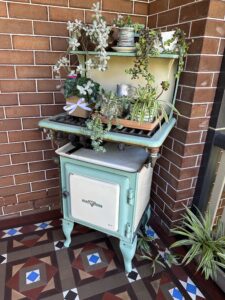
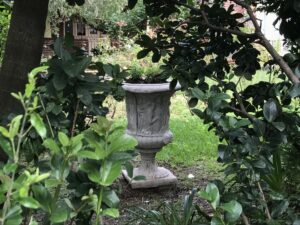
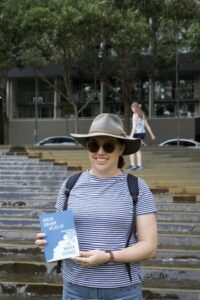
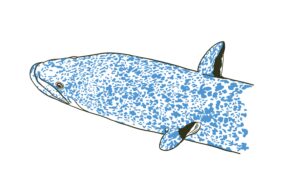

0 Comments